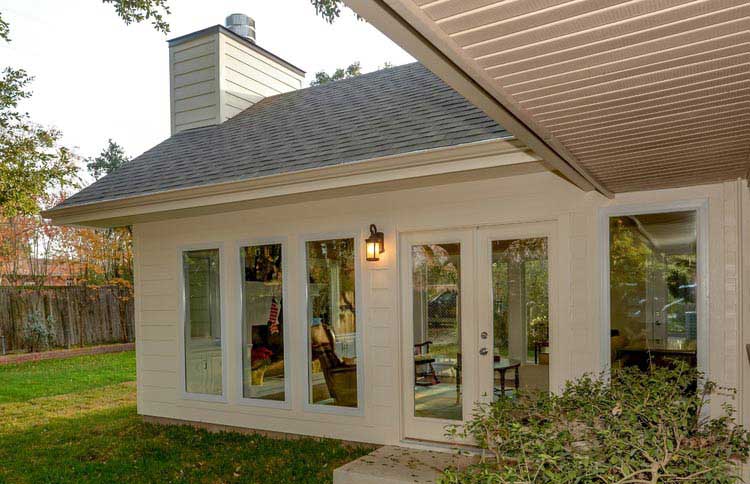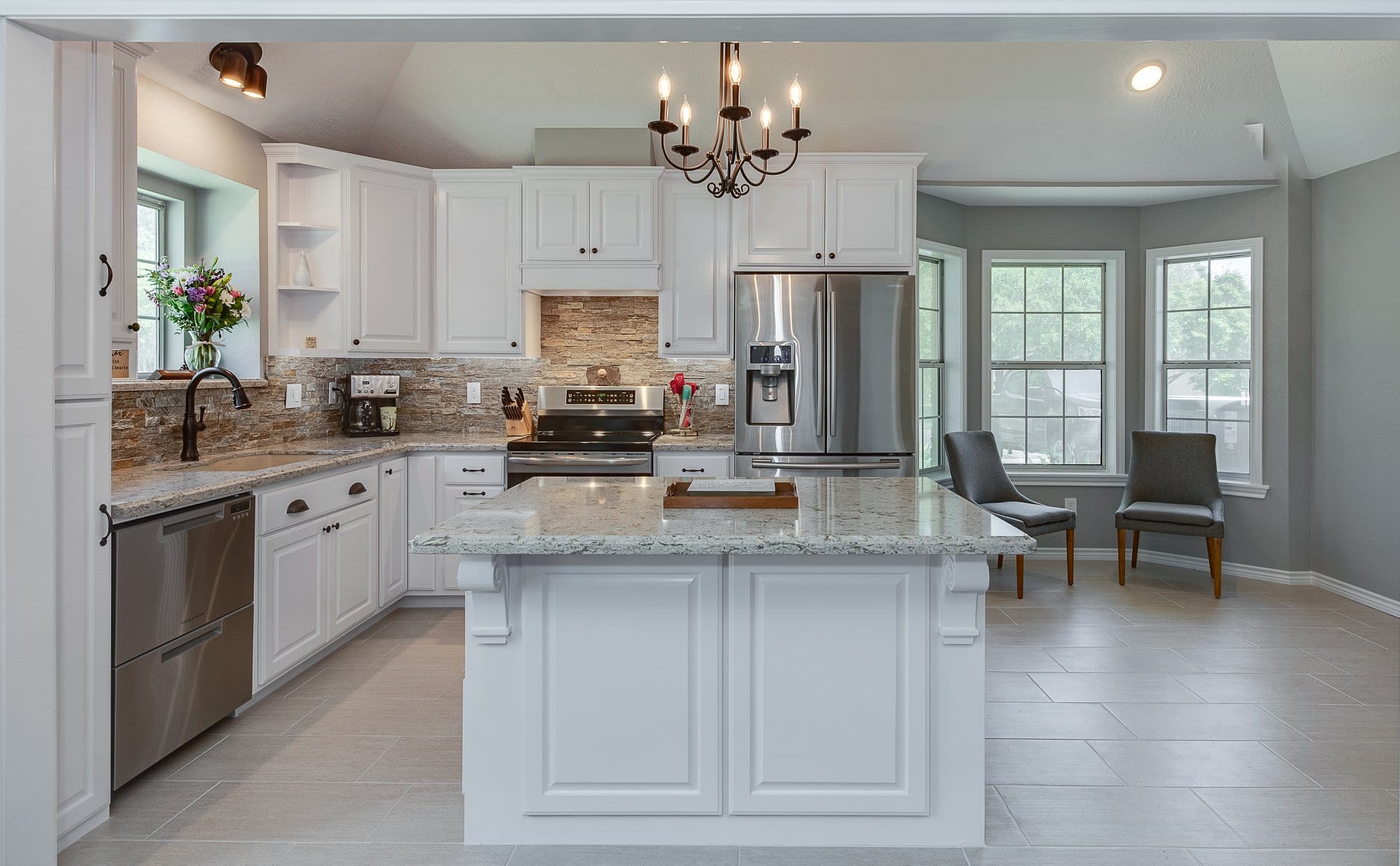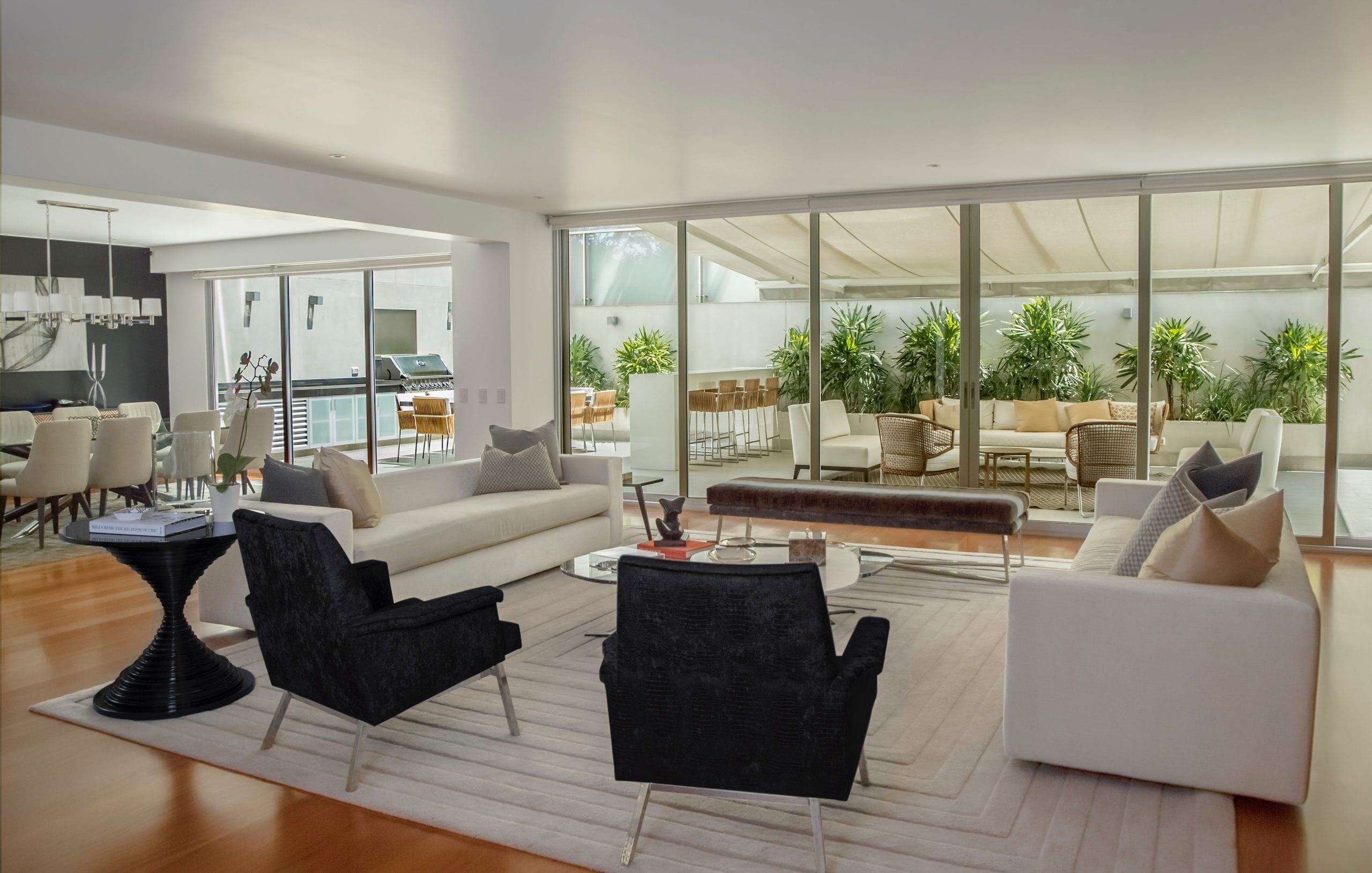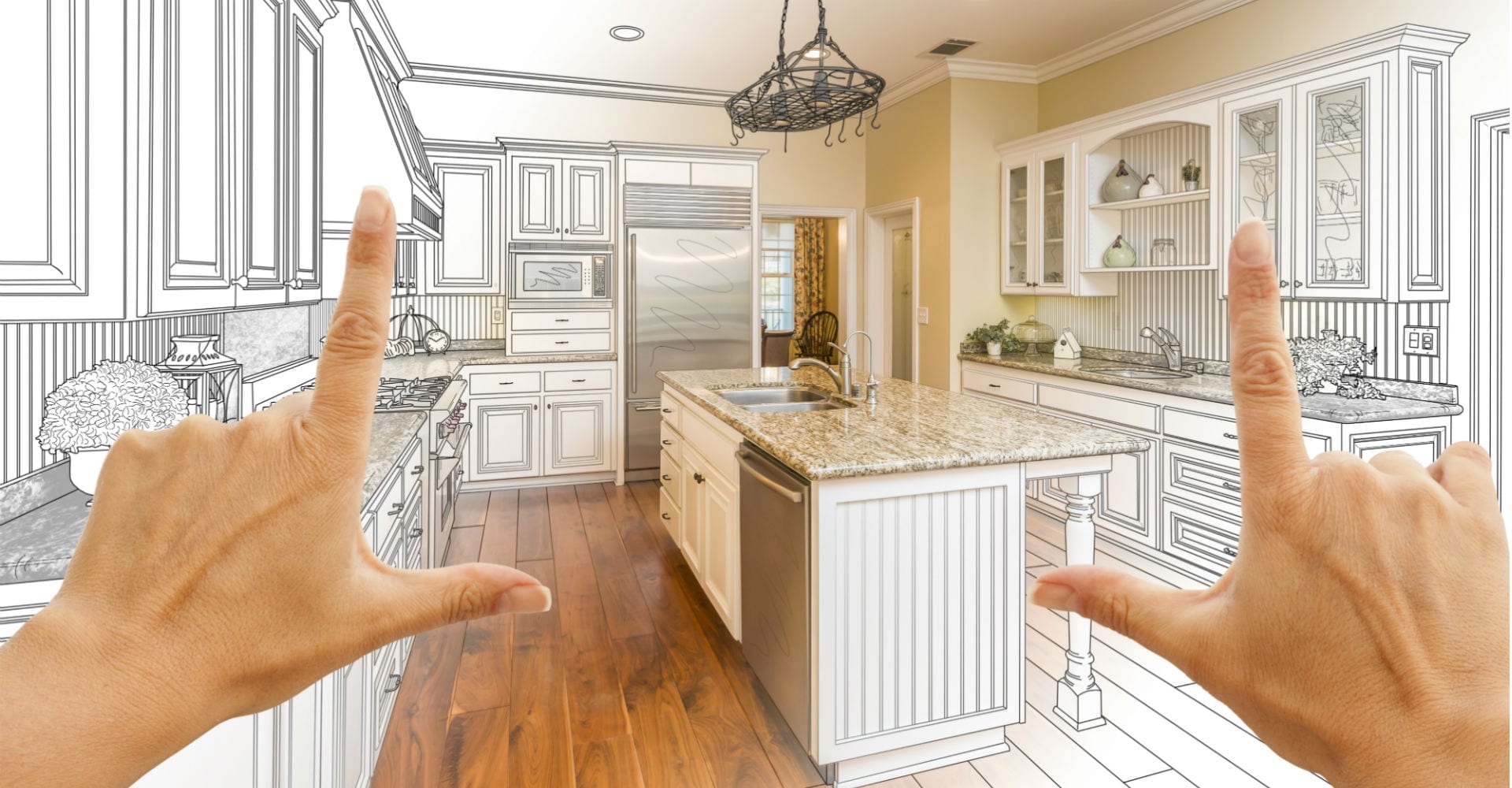
Summer is coming and maybe you have some house painting that you want to do. This is a chore that many homeowners choose to do themselves. While painting is much more involved than getting the paint from the can to the wall, and there is a great deal to know to get a quality job that will last, it is, nonetheless, one of the more popular do it yourself projects. So let’s get started choosing a color.
- Research – Chances are that you have already done a good deal of research just by paying attention to your preferences as you look at other houses. Once we start thinking about painting our house we tend to become more aware of other houses and their colors. There are also good online tools for helping think about colors. Most Paint companies have their own free service such as Valspar’s Virtual Painter. But if you are willing to fork over a few bucks ($12/month in May 2013) you can have access to a nifty web based application that includes the color fans of most major paint companies at Colorjive.com.
- Don’t let yourself be tied to the color fan. You can have any color custom matched. The technology for matching colors are greatly improved over the last few years. The question is what do you want to match? One strategy is to create continuity from inside to out by taking an inside color and adjusting its shade. Our design theory that we call Transitions encourages this kind of strategy as it helps pull the eye outside. Perhaps the best way to create transition is to start outside with the colors around your home, whether from nature or other buildings. Perhaps you have a particular rose or other plant that you would like to highlight. One way to do this is allow it to guide the pallet of your paint selections. Of course plants change color throughout the year and other people repaint their buildings but usually such changes remain relatively within a similar complementary range. This approach allows you to connect beyond the walls of your home in a gratifying way.
- Don’t depend on you’re a small swatch. Once you have narrowed your search to a few colors invest in quarts of those colors and paint large swatches on your house. No matter how good the technology, this is the best way to get a real sense of how the color is going to work for you. Things such as lighting and surrounding colors play a huge part in how this color is going to look in place so, until you put it up, you will not know. And it has to be a large swatch. Don’t forget to thoroughly clean the surface first, make sure it is dry and don’t do it in direct sunlight. But, you may be thinking, what will the neighbors think? That is the best part. It is a way to engage the neighborhood. People will be curious what is going on when your house starts to look at bit like a calico cat. They are likely to ask you if you are about to paint. You can solicit their input. There will probably be at least one neighbor who will say that they don’t like any of the choices. Don’t worry about that neighbor, the probably would not like any color but what is on their house and they would probably be unhappy if you painted your house the same color as theirs. Other neighbors will stop, look and think about it. It will create a conversation piece in the neighborhood. If you leave it this way too long the nature of the conversation will change but for a week or two people will have fun with it. You may even get some good input, but don’t abdicate your own preferences for those of the most popular neighbor.
- Look at the colors in a variety of light. Don’t make up your mind when you first put it up. Look at it in the morning afternoon and dusk. We would encourage you to spend a year making up your mind so that you can look at it in each season but we don’t want your neighbors talking about you.










